Science Education
Julie Garbutt: jgarbutt@srprestonwest.catholic.edu.au

Science Education
Julie Garbutt: jgarbutt@srprestonwest.catholic.edu.au
Welcome to Term 4. Whilst this Term is likely to present some challenges and mixed emotions, I am looking forward to welcoming students back to onsite learning.
Foundation students are learning about how the weather affects our work and play. Through varied investigations, students will increase their understanding of how the characteristics of weather affects their daily lives.
In week one, students drew what they know about the weather and observed characteristics of weather.
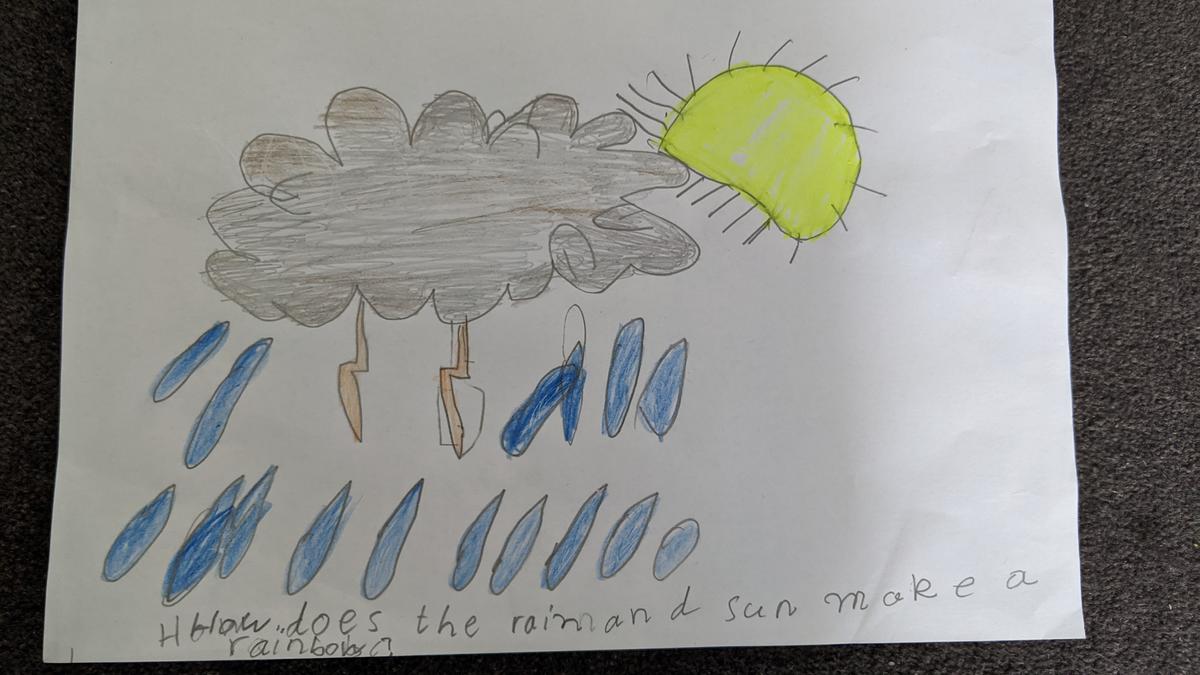

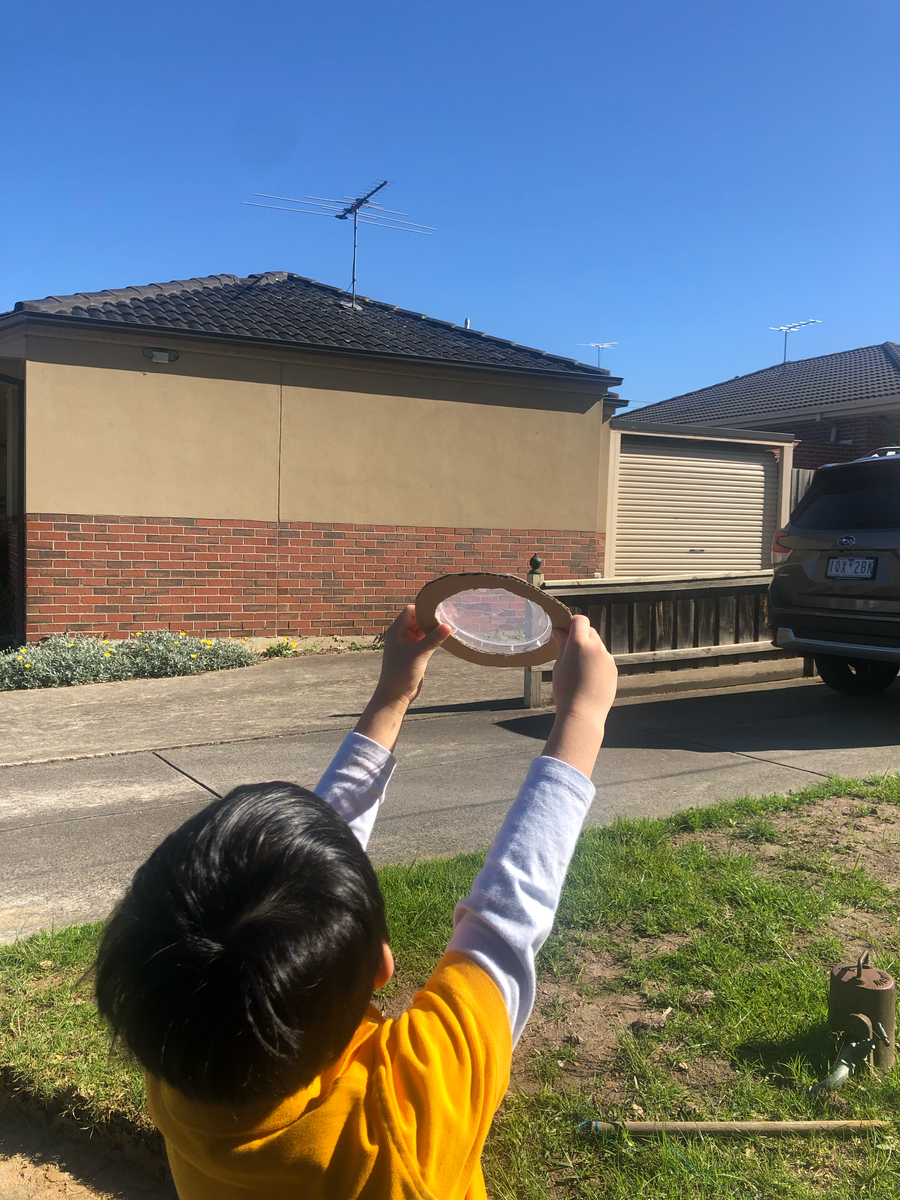
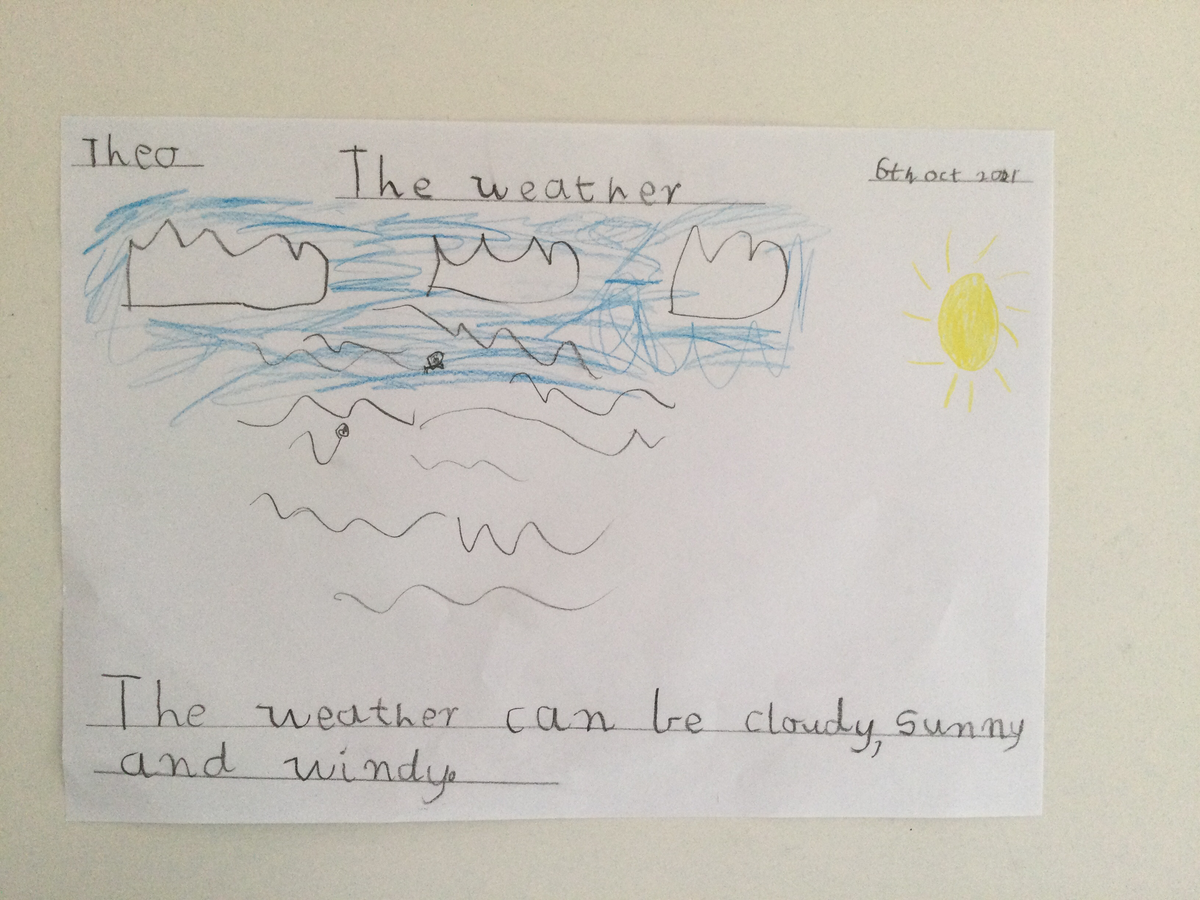
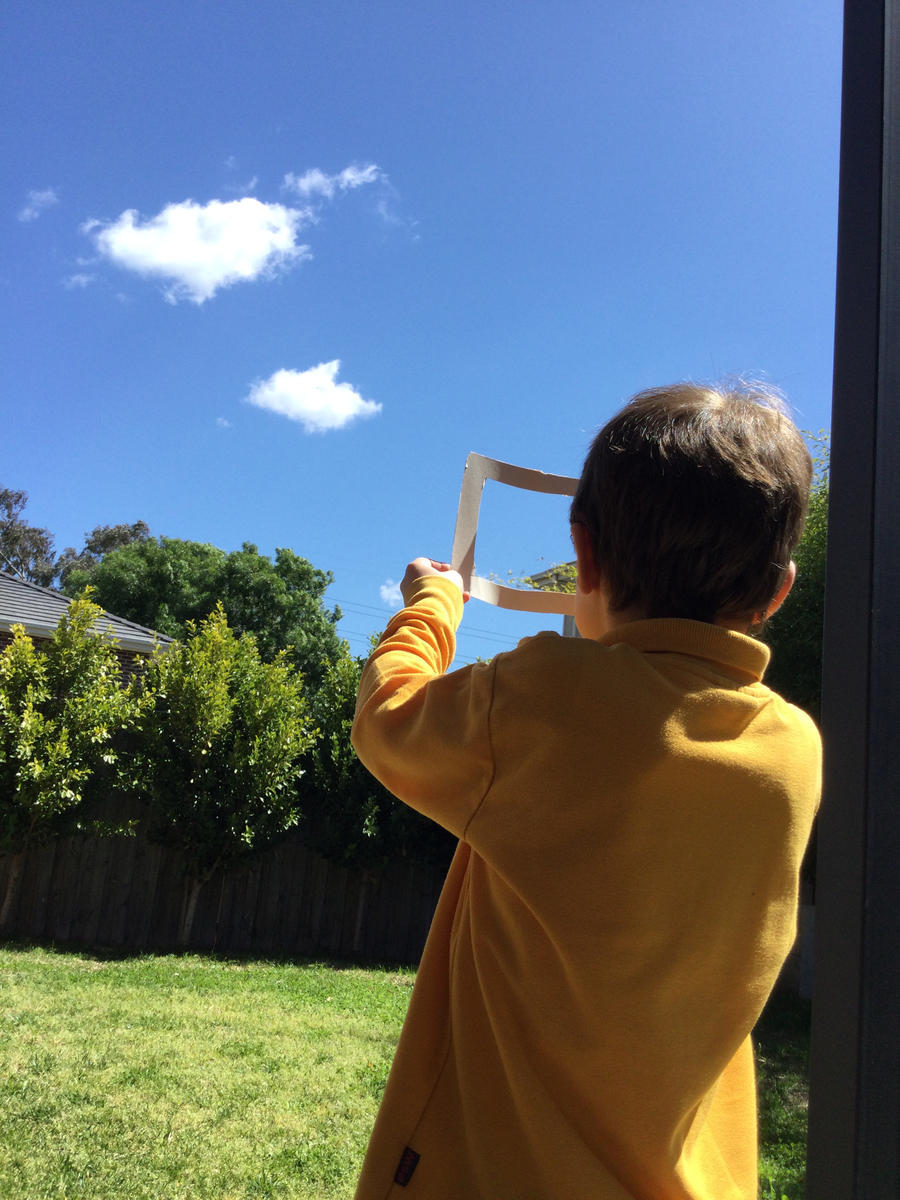


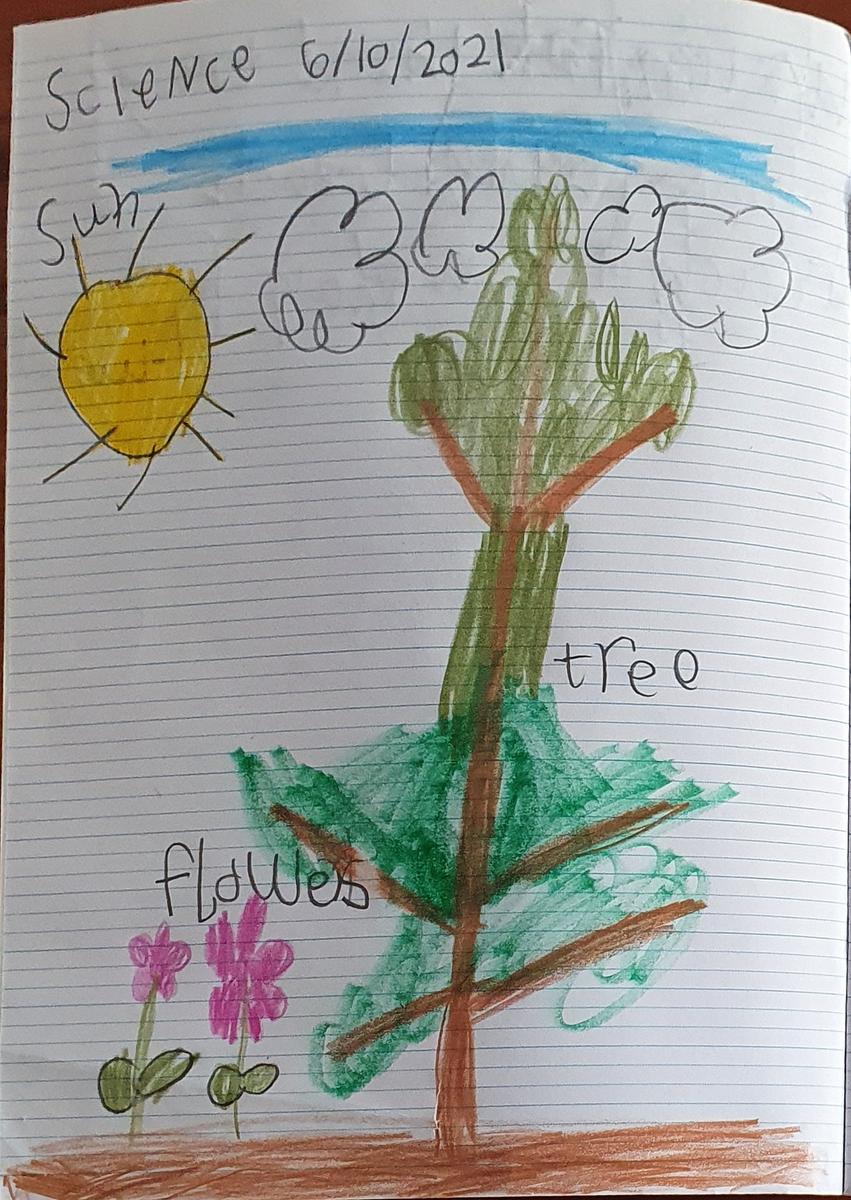












Students are learning about living things, their external features and the different places they live that meet their needs. Through investigations, students learn how animals move, feed and protect themselves. Students also explore and compare the habitats of different animals.
In week one, students predicted small animals we might find in the school yard and used role-play to explain their ideas about the features and behaviour of small animals.




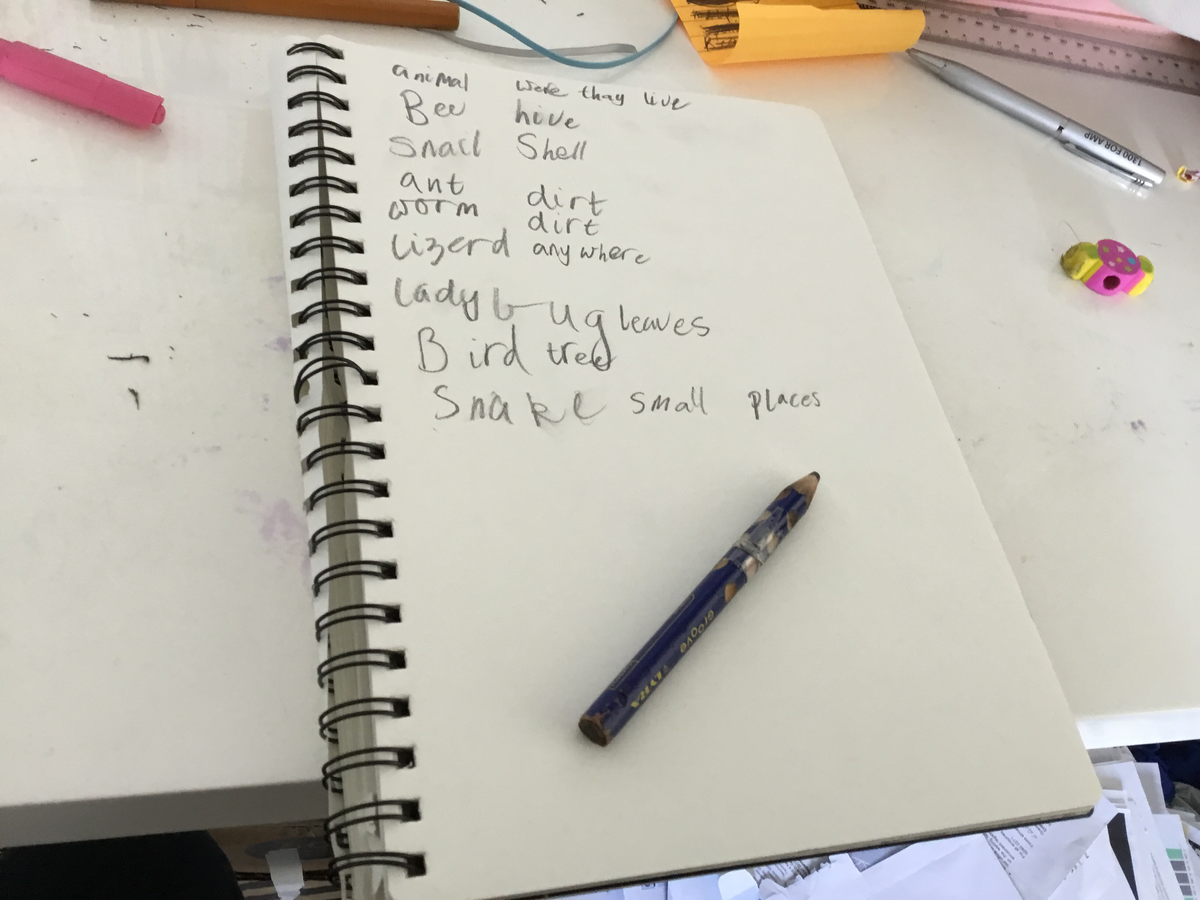
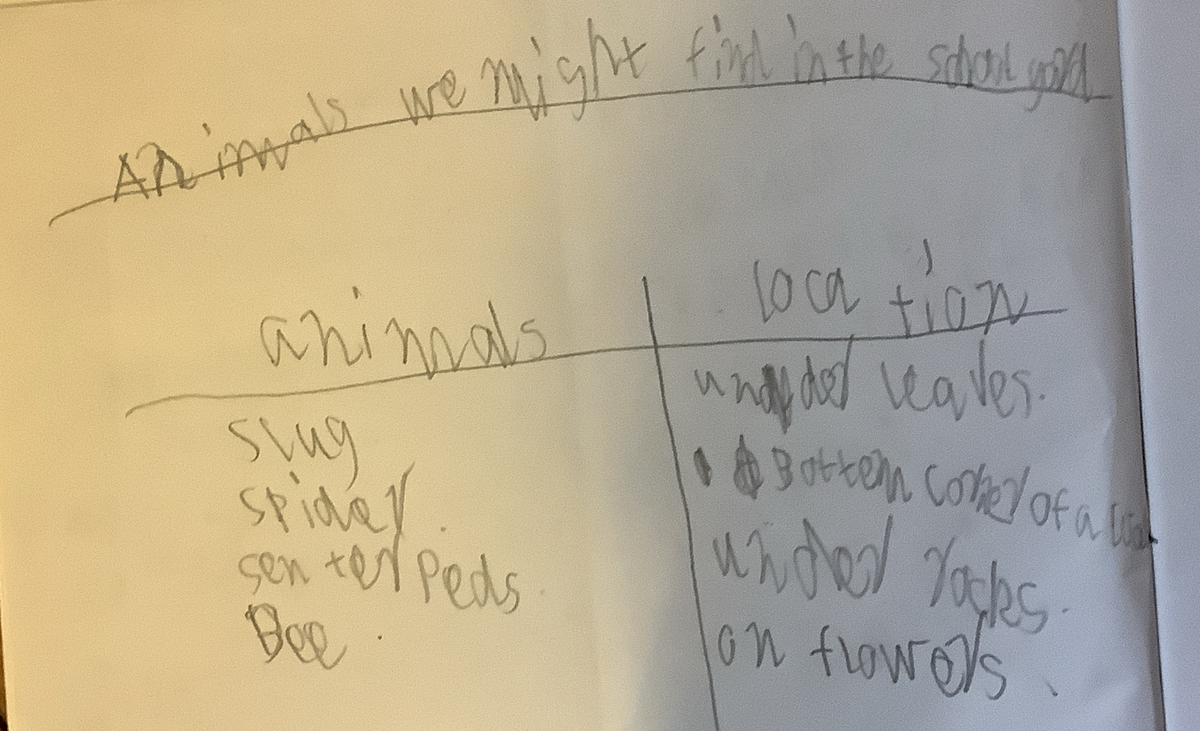








Students are learning that living things can be grouped based on their observable features and can be distinguished from non-living things. They use this knowledge to investigate the animal groups in the leaf litter at home and school.
In week one, students observed the observable features of specimens and how to classify them. Students also identified their wonderings and questions about living and non-living things and how living things can be grouped.


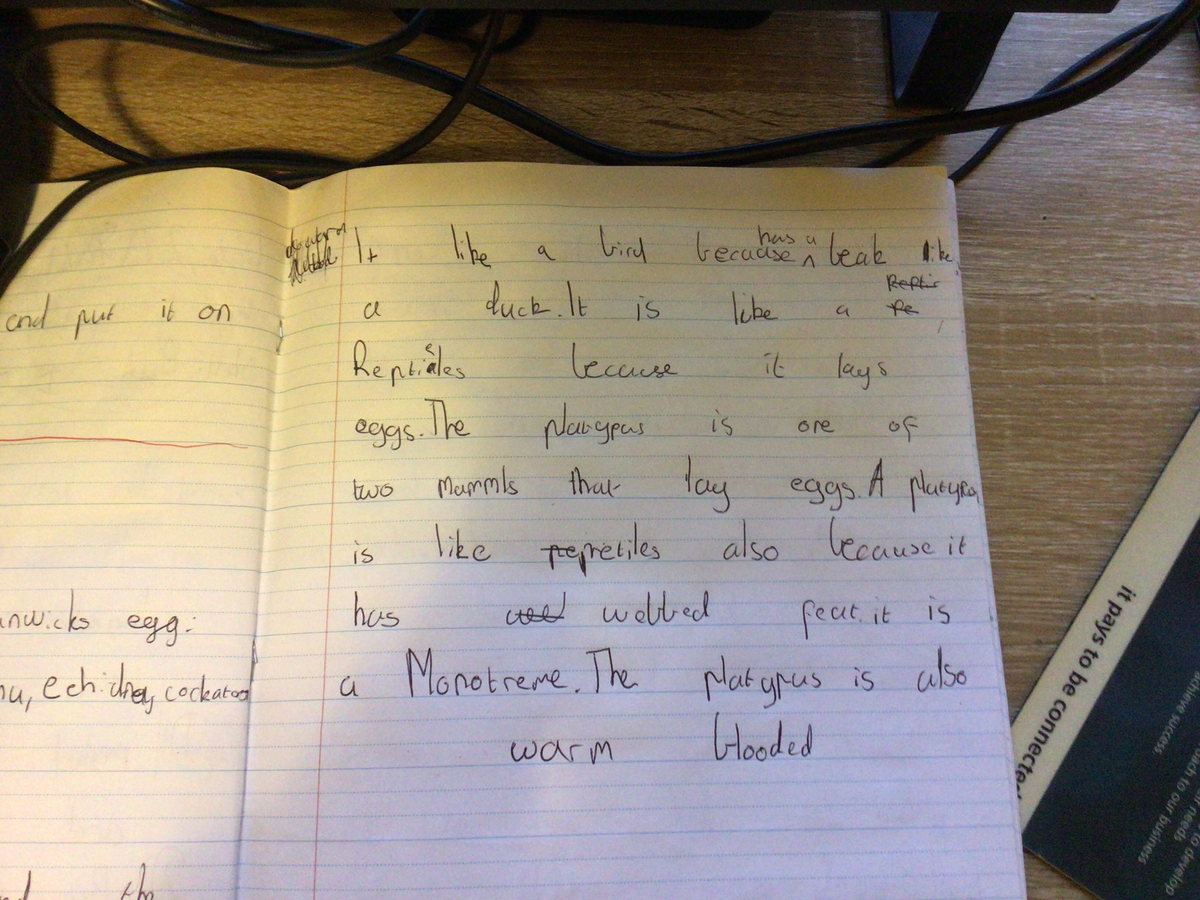









Students are learning that living things have structural features and adaptations that help them to survive in their environment. Through hands-on activities, students investigate how the features of desert plants and animals help them to survive in their own natural environment.
In week one, students explained their ideas about desert environments that early explorers might have visited.
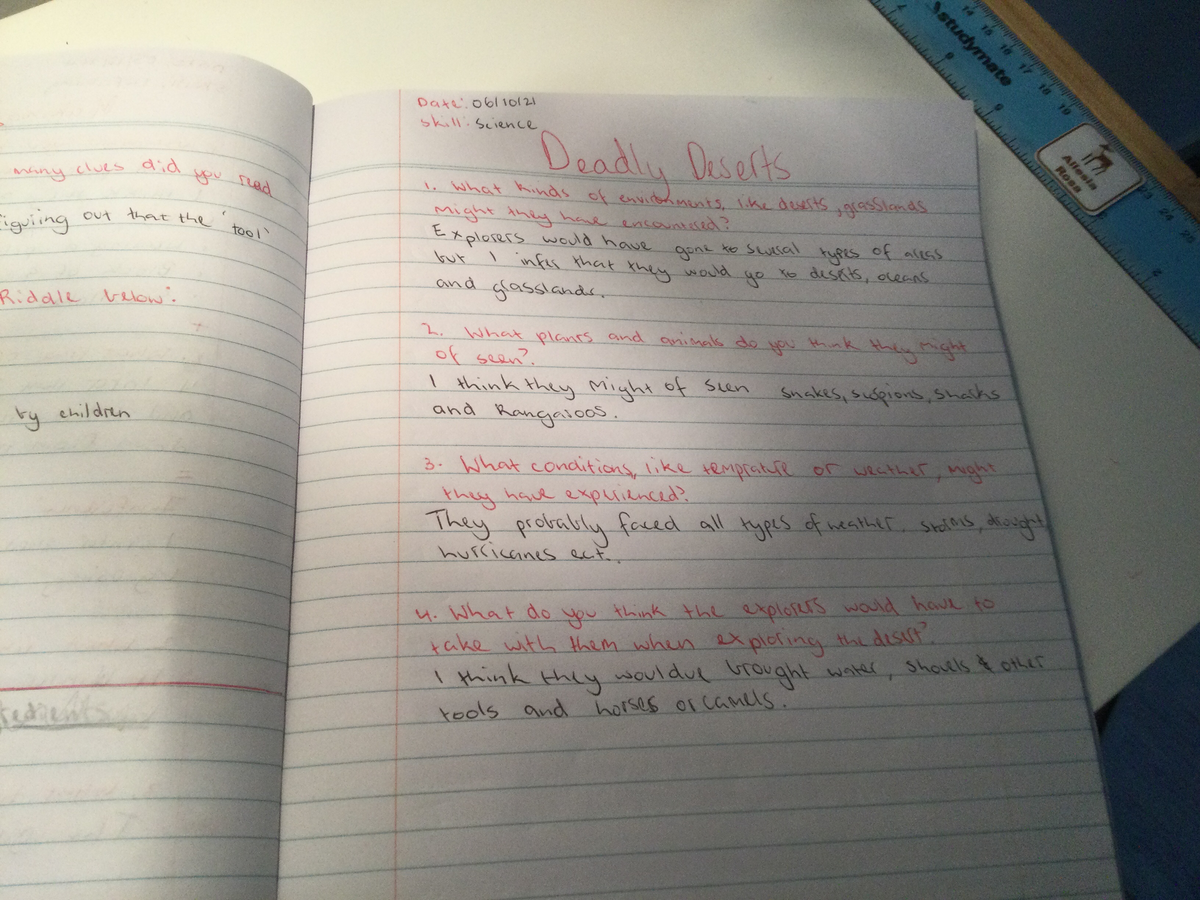













If you would like to practice science at home, here's a few ideas: